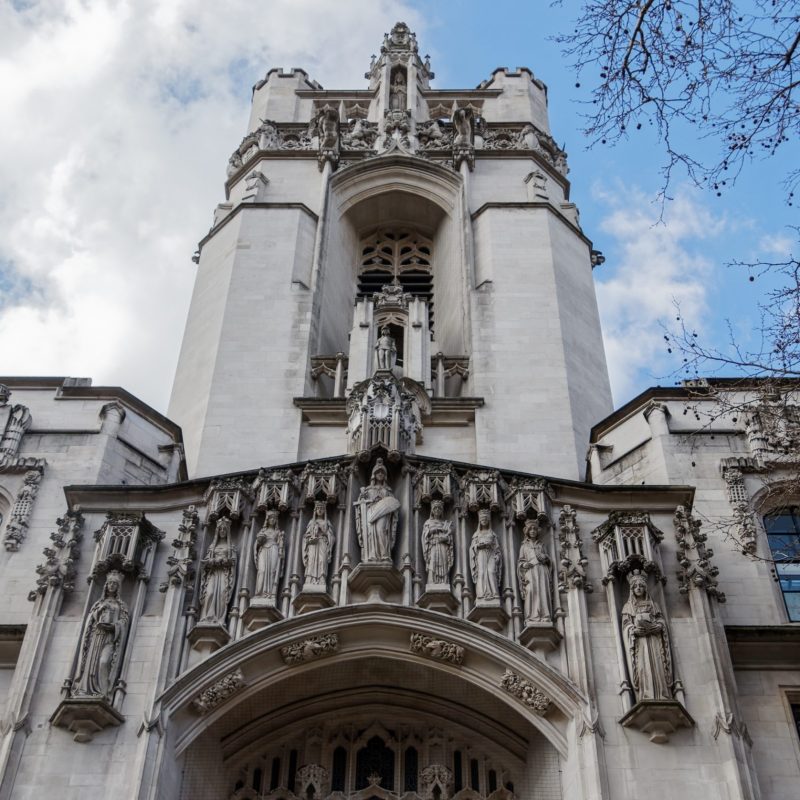Victory for the Claimants in Asda v Brierley [2021] UKSC 10 as Supreme Court rejects Asda’s appeal but Lady Arden judgment puts the celebrations on ice.
The Claimants have won an initial battle in seeking to prove that they are entitled to Equal Pay but the decision of the Supreme Court makes it abundantly clear that the determination of the threshold test is only the start.
The Claimants, shop floor workers employed in the retail business, chose comparators who are employees working in the distribution centre. In common with many retail industries, retail workers are predominantly female while distribution centres are predominantly staffed by men. The question in this initial skirmish is whether the two groups are employed on “common terms”. ‘Common terms’ is not defined by Parliament and so it has been the subject of considerable judicial consideration.
For an excellent assessment of this case up to the Court of Appeal please see the article written by Lucy Bone which includes an exposition of the cases and correct approach as articulated by Underhill LJ.
The decision of the Supreme Court followed that of the Court of Appeal (and indeed the ET and the EAT) and can be briefly stated. On the question of whether the common terms requirement was satisfied the Supreme Court concluded:
“what is required is simply (1) that the terms and conditions of employment of the comparators must be broadly the same at their establishment and the claimants’ establishment, and (2) that, if there are no employees of the comparator’s group at the claimants’ establishment and it is not clear on what terms they would have been employed there, the court or tribunal applies what is known as the North hypothetical and considers whether the comparator’s group would have been employed on broadly similar terms to those which they have at their own establishment if employed on the same site as the claimants.”
On the facts the Supreme Court was satisfied that the North hypothetical provided the ‘short and direct’ answer in the case.
The Supreme Court decision concludes with a concise summary of the law in relation to the common terms requirement – this bears repetition and will be the standard statement of the law in all future disputes (emphasis added):
“59. Claimants in equal pay cases must meet the common terms requirement when their chosen comparator is employed at a different establishment of the employer.
As is clear from the summary the threshold test will weed out a few plainly hopeless comparisons, but it is not intended to involve a detailed assessment, it does not indicate likelihood of success on the underlying claims, and it should not involve considerable time and resource.
Of great practical importance to practitioners in this field are the final 4 paragraphs of the judgment (paragraphs 68 – 71) addressing how the issue of common terms should be case managed in future. It is clear that in future the evidence must be kept within tight bounds and not stray into matters more properly considered under questions of equal value or genuine material factor defences. The answers may be more readily inferred from the facts than found based on the opinions of employees. It is inappropriate to consider a line-by-line comparison of sets of terms and conditions. Appeals should be discouraged. Above all this threshold test must not be elevated into a major hurdle.
The celebrations and headlines which have followed the decision may therefore be a false dawn for many retail workers. There is a long road ahead for workers claiming equal pay in the sector and many more battles to be fought before we can see who will win the war.
Commentary by Lydia Banerjee
